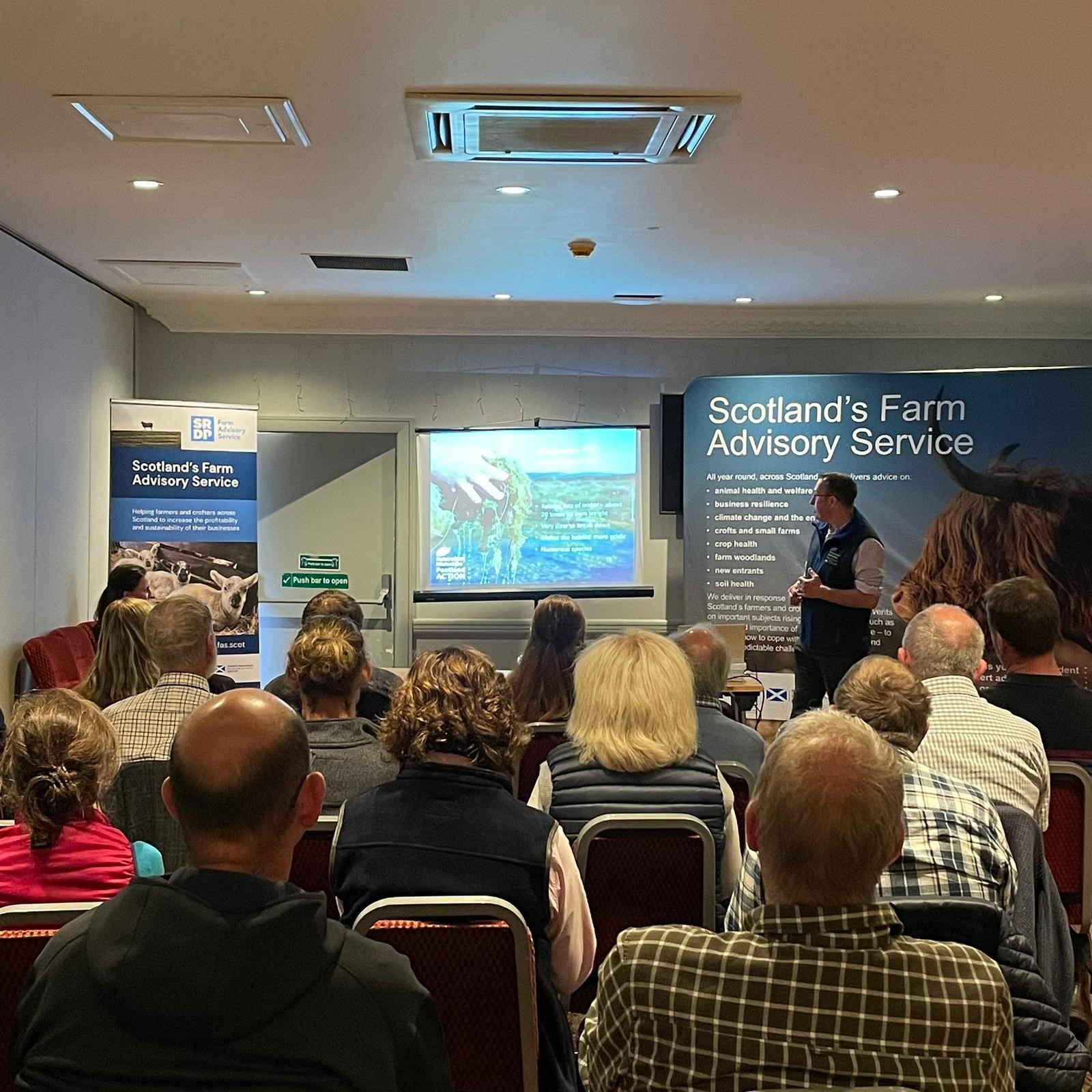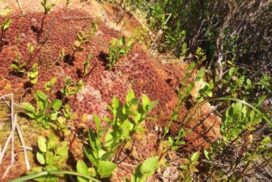Financing Peatland Restoration
1 November 2023Peatland Restoration is an expensive process with some restoration projects costing 100s of thousands of pounds. Therefore, there is public funding available while there are also companies willing to support these projects through the purchase of carbon credits. Although the public funding and the carbon finance are two separate methods of financing Peatland restoration, it is common for projects to take a blended approach where public funding and carbon finance are both used to deliver a project. To learn more read about the Benefits of Peatland Restoration and the activities required in restoration: Peatland Restoration Practicalities.
Public Funding: Peatland Action
Scottish Government has committed £250 million to restore 250,000 hectares of peatland by 2030, this fund is managed by NatureScot’s Peatland Action team. Peatland Action consist of a number of project officers working up and down the country to support the restoration of Scotland’s peatlands.
All capital costs are typically covered by Peatland Action which includes the cost of project management facilitated by Peatland Action. Peatland Action also offers funding for innovation, experimenting and demo sites. The Peatland Action’s funding is flexible, and the grants awarded can change with a project cost increase (such as due to inflation or delays caused by external factors). The limitations of Peatland Action funding include maximum livestock stocking density and limits on grazing pressure from deer. Peatland Action does not fund fencing and no muir burning is allowed within the restoration area.
Additional funding can be obtained through the SRDP Agri-Environment Climate Scheme (AECS) for eligible target areas. AECS could be historically used for restoration techniques such as ditch-blocking using plastic piling dams or peat dams. Land managers considering applying for AECS to carry out peatland restoration are advised to consult NatureScot prior to starting the application process for 2024.
Carbon Finance (Peatland Code)
The main mechanism used in the UK for private financing of peatland restoration projects is the IUCN UK Peatland Code. The Peatland Code is a voluntary standard for peatland restoration which exists to strengthen the market’s trust and confidence, crucially the Peatland Code is not a funding body. Peatland restoration projects registered under the Peatland Code are able to market the climate benefits of peatland restoration (i.e. GHG emissions reduction) which gives them the ability to access private finance to support the peatland restoration project and ongoing management.

GHG emissions reductions quantified as tonnes of CO2e which are achieved by peatland restoration are managed by the UK Land Carbon Registry and can be offered to buyers looking to offset their emissions. The Peatland Code is backed by the UK Government, and it is based on scientific measurements to provide assurance that the climate benefits are real, quantifiable, additional and permanent.
Projects wishing to register with the Peatland Code must check and comply with a range of criteria and requirements set by the Peatland Code. These requirements include additionality, avoidance of double counting and a project validation and verification by an approved, independent, third-party body. The additionality, for example, puts the project through two tests: legal compliance and financial feasibility. The legal compliance test states that there cannot be any legal requirement for the peatland within the project area to be restored. The financial feasibility prescribes that the project must be part funded by “carbon finance”, i.e. the maximum level of non-carbon income allowed is 85%. The additionality tests assess whether the project wouldn’t have happened in the absence of the carbon finance, and therefore any emissions reductions are additional.
Each peatland code project, once validated, is awarded pending issuance units (PIUs). PIUs are essentially a carbon credit in waiting and can be sold immediately with the understanding that they will become verified peatland carbon units (PCUs) at the required verification stages of the project (in year 5 since completion of the restoration works and then every 10 years for the project duration). The issuance of PIUs is crucial at the beginning of projects as it allows for cash to flow prior to project verification, PIUs are usually sold at a lower price than verified units (although no verified units have yet been sold under the Peatland Code due to the short time it has been in operation). These PIUs cannot be used to offset emissions until they are verified. At this stage they are a promise of GHG emissions reduction. It is up to the owner of the PIUs whether these are sold immediately or allowed to mature and become verified peatland carbon units and then sold. Project can be 30 (blanket bogs) up to 100 years in duration and deliver thousands of peatland carbon units over the duration of the project.
Sarah Erbanova, SAC Consulting
Useful Links
Sign up to the FAS newsletter
Receive updates on news, events and publications from Scotland’s Farm Advisory Service



